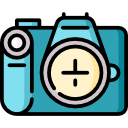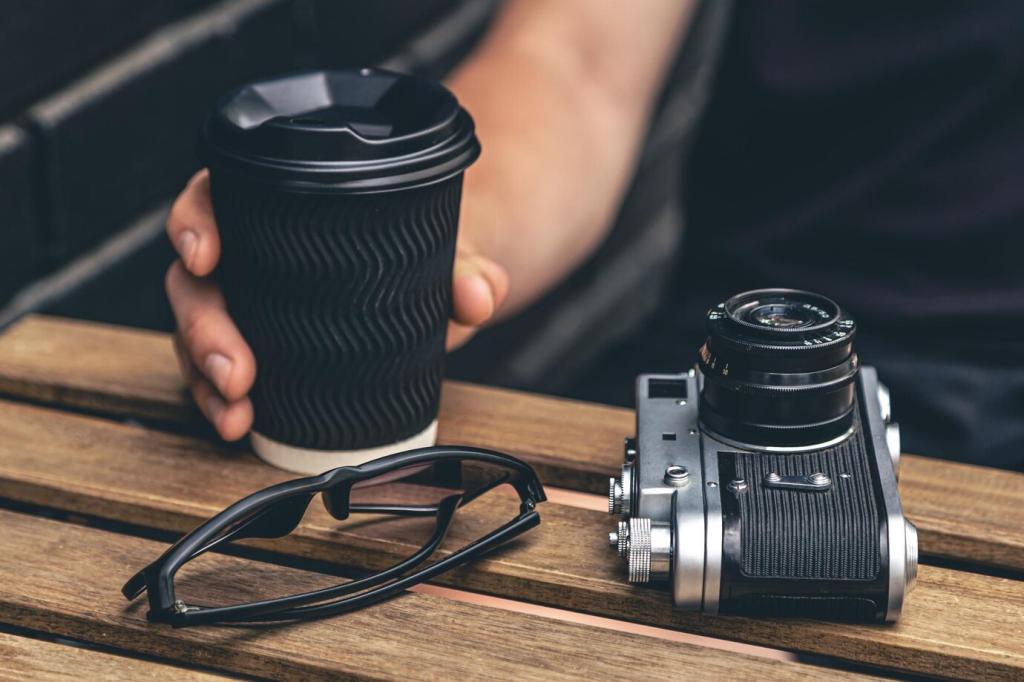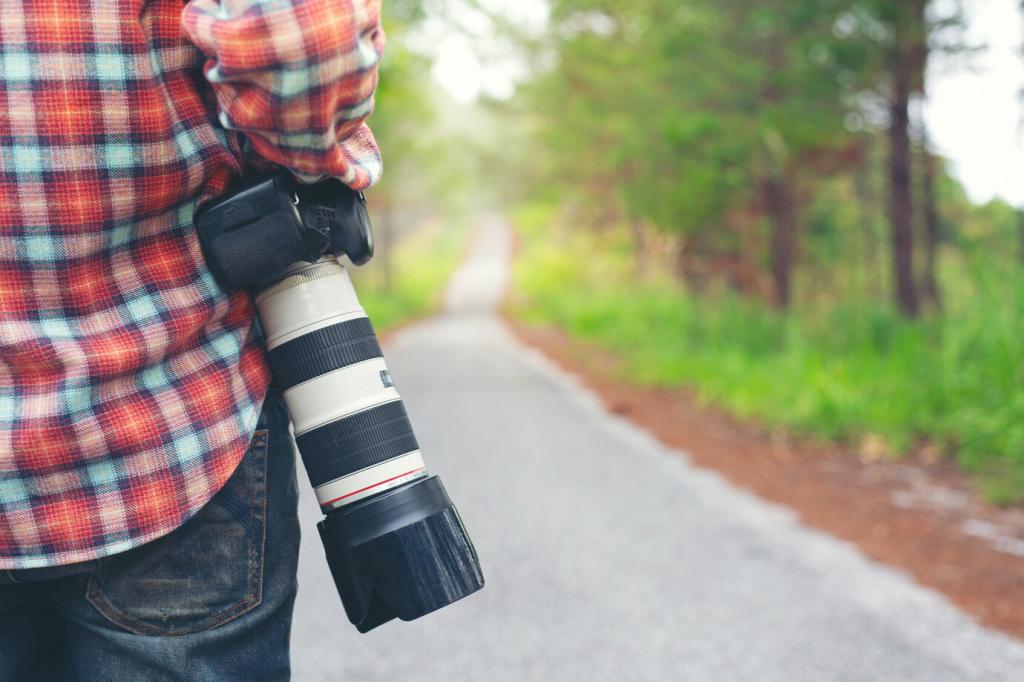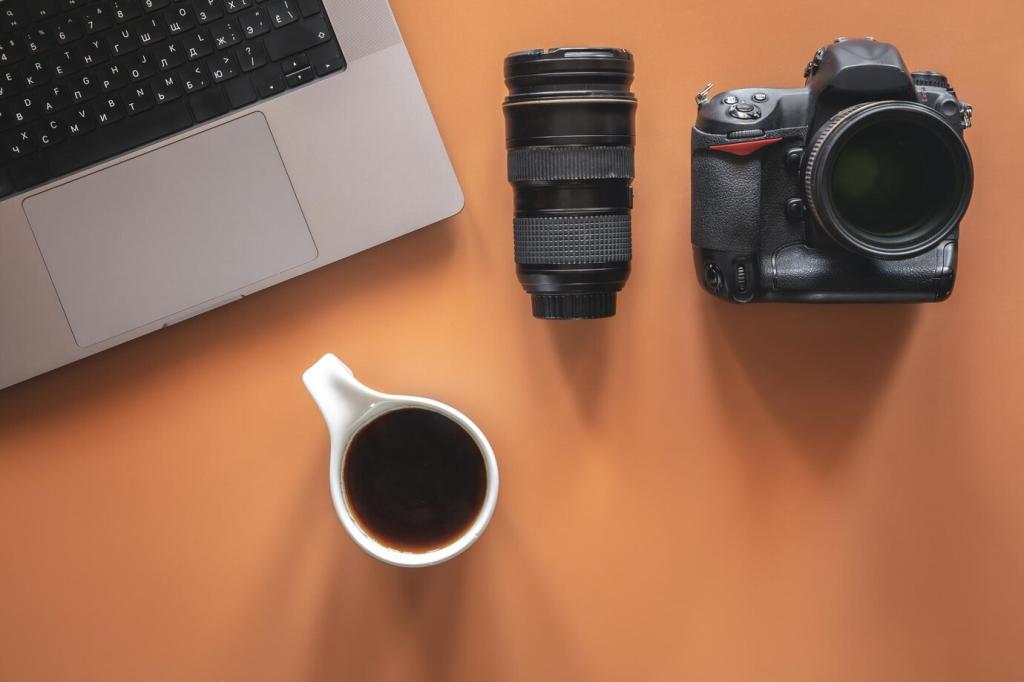Lenses Demystified: Focal Lengths and Apertures
A 35mm or 50mm prime is sharp, bright, and great for learning composition. Zooms like 18–55mm offer flexibility for travel and family moments. Consider where you shoot most, then pick one lens that supports your habits. Comment below with your favorite subjects and we’ll suggest a first lens.
Lenses Demystified: Focal Lengths and Apertures
A lower f-number lets in more light and creates creamy background blur, making portraits pop. For indoor photos without flash, a fast lens can rescue dim scenes. Try shooting the same subject at f/1.8, f/4, and f/8 to see how depth of field changes—and share your results.
Lenses Demystified: Focal Lengths and Apertures
Wide angles exaggerate space and feel immersive for landscapes and interiors. Normal lenses look natural for everyday life. Short telephotos flatter faces and isolate attention. To practice, photograph a coffee mug at 24mm, 50mm, and 85mm, then discuss which framing best tells your story in the comments.
Lenses Demystified: Focal Lengths and Apertures
Lorem ipsum dolor sit amet, consectetur adipiscing elit. Ut elit tellus, luctus nec ullamcorper mattis, pulvinar dapibus leo.






